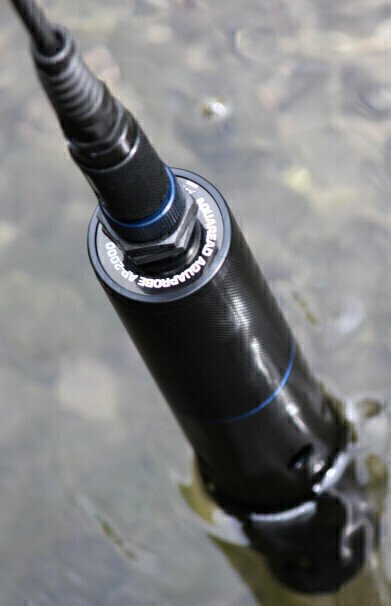Water/Wastewater
The Use of Turbidity Sensors in Catchment Monitoring
May 19 2015
Aquaread (UK) have been developing turbidity sensors for many years for use within their Aquaprobe range. In fact, these sensors were used in a 3.5 year project with Brighton University for the study of turbidity and suspended particulate matter as detailed in the publication titled Suspended sediment regimes in contrasting reference-condition freshwater ecosystems: Implications for water quality guidelines and management. Grove et al, Science of the total environment, Vol 502, 2015. Within this study 10 Aquaprobes were deployed across the UK at various different catchment sites, where they were continuously deployed for 3 years collecting data for comparison with sediment grab samples.
The majority of turbidity data collected at each catchment site was below 100NTU, and this level is common in many field applications. The 20NTU calibration point that’s present in all Aquaprobes facilitates accurate measurements in this low 0-100NTU range. When deployed with the AquaLogger, as used in the above study, you have a very robust and accurate monitoring platform that’s suitable for use in all water types. The Aquaprobe has the added advantage of being flexible; it’s ideal for medium term deployments with the AquaLogger, but can also be used as a portable system with the GPS Aquameter.
Digital Edition
AET 28.2 April/May 2024
May 2024
Business News - Teledyne Marine expands with the acquisition of Valeport - Signal partners with gas analysis experts in Korea Air Monitoring - Continuous Fine Particulate Emission Monitor...
View all digital editions
Events
Jul 30 2024 Jakarta, Indonesia
China Energy Summit & Exhibition
Jul 31 2024 Beijing, China
2024 Beijing International Coal & Mining Exhibition
Aug 07 2024 Beijing, China
IWA World Water Congress & Exhibition
Aug 11 2024 Toronto, Canada
Aug 25 2024 Stockholm, Sweden and online









.jpg)








